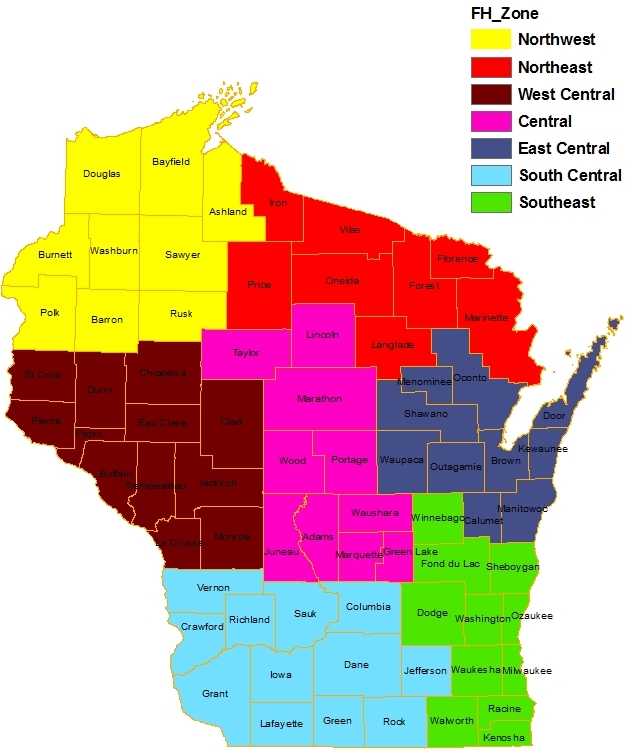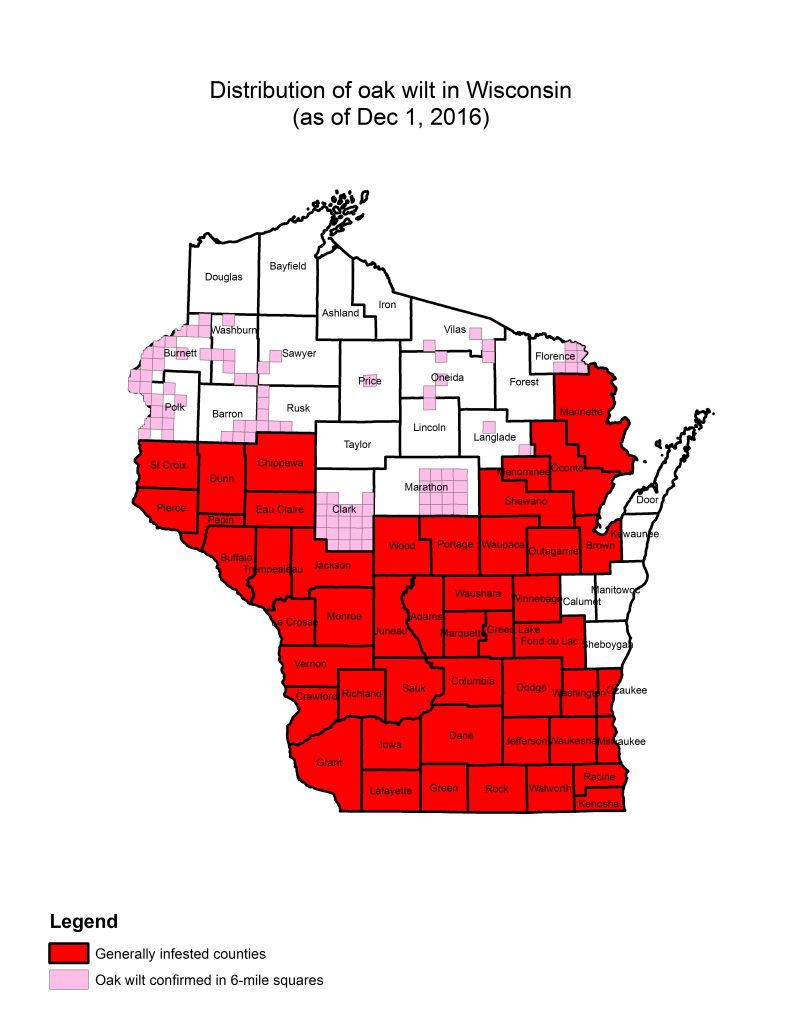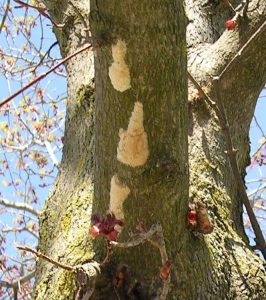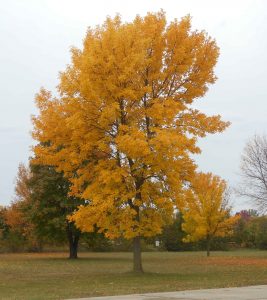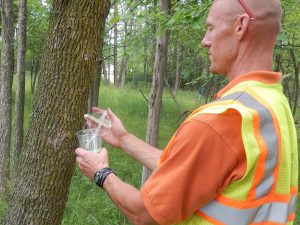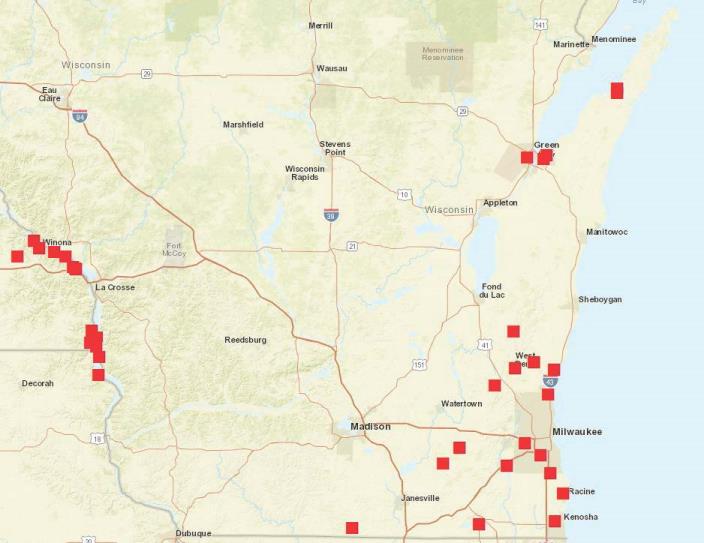The DNR Forest Health Program has transitioned to a new online newsletter format. You will no longer receive Pest Updates and Regional Forest Health Newsletters directly from DNR Forest Health Specialists. Instead, if you are subscribed to Forest Health News you will receive an email, typically once per month, when new information is posted by the Forest Health Program on this new Wisconsin DNR Forestry News site. You can also access the articles directly anytime.
If you haven’t already, consider subscribing and please take a moment now to include widnr@service.govdelivery.com in your email address book, so the emails avoid your spam box.
Monthly emails will have Forest Health articles organized by:
- Information that is relevant statewide and
- Information specific to certain parts of the state.
The Forest Health News zones have changed too, so check out which counties each zone covers.

